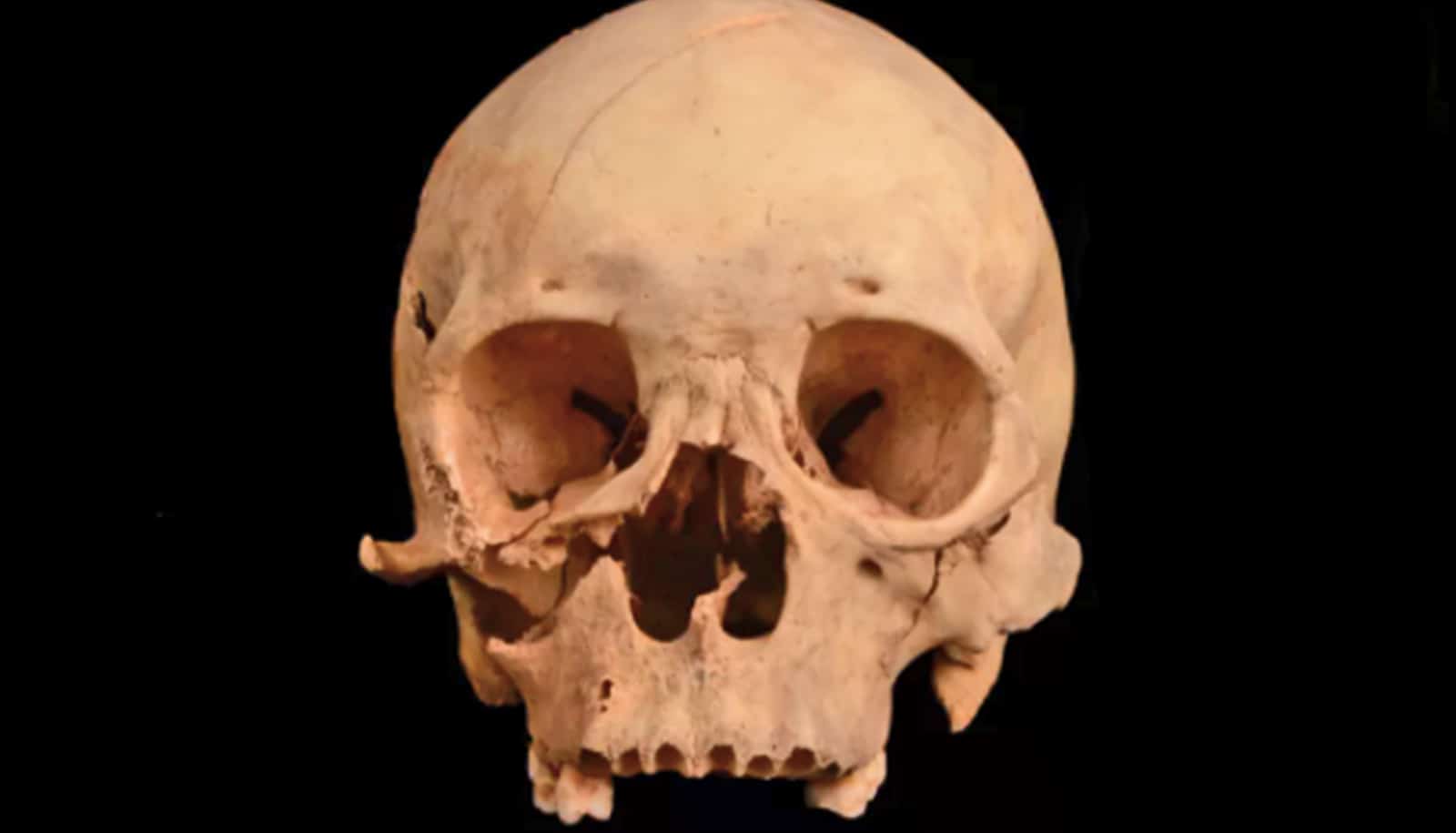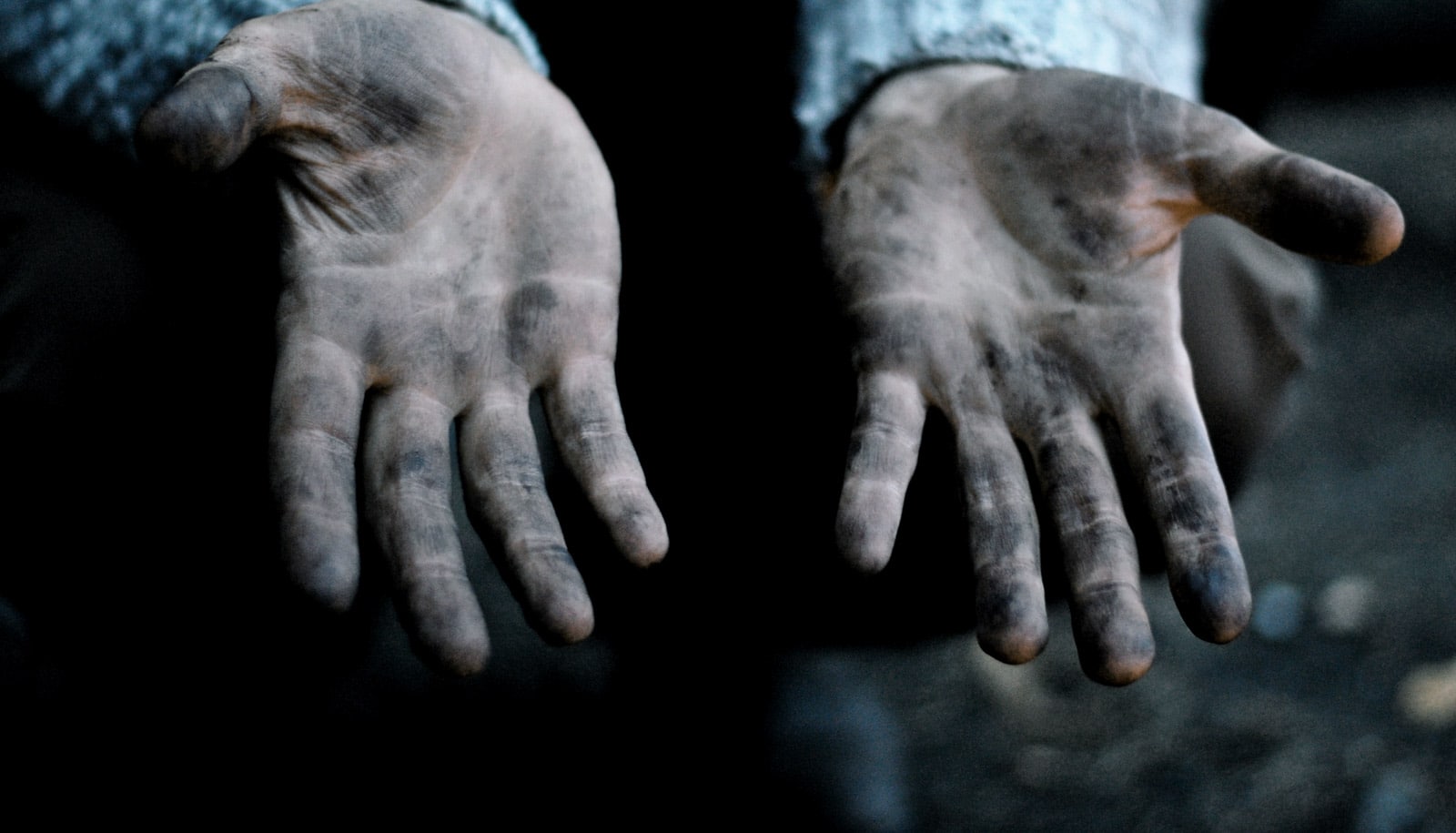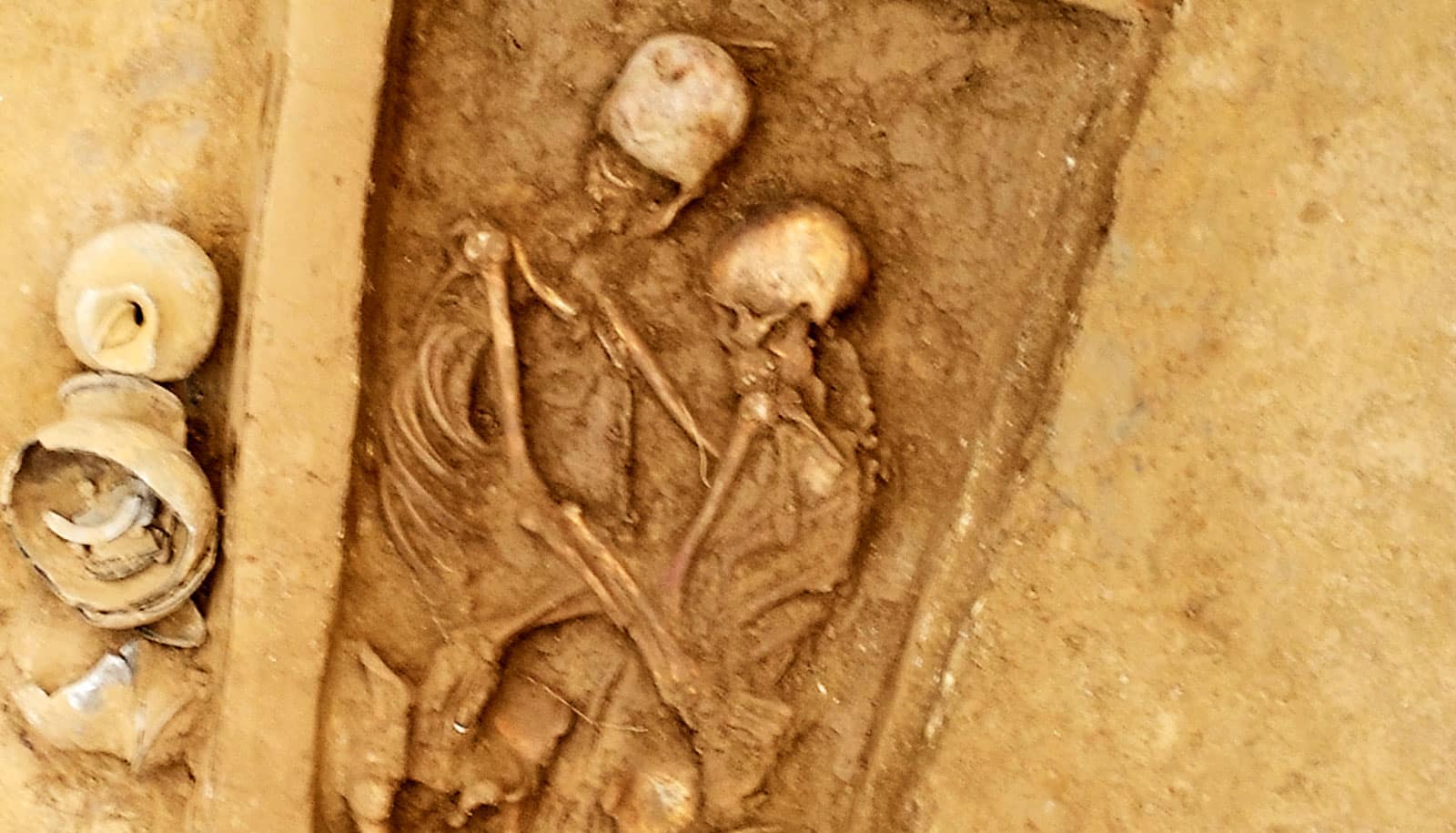A new analysis of a skeleton found in a tomb in China has uncovered the mystery of 1,300-year-old murder—and cleared the victim’s name.
The mystery began in 2002 when construction crews in the Ningxia region of China discovered an ancient tomb. Several years later, archaeologists discovered a male skeleton in a large shaft leading down into the tomb.
“…this was definitely a homicide case.”
The shaft where it was found would have been dug by grave robbers, leading to a theory that the man died while trying to raid the tomb. But the review of the skeleton suggests that the man was, in fact, a murder victim.
In 2019, the remains were screened for bone pathology and trauma, which revealed several scars across the man’s face and body, indicating he was attacked with a sword, says Qian Wang, a professor of biomedical sciences at Texas A&M University’s College of Dentistry, and lead author of the work in Archaeological and Anthropological Sciences.
A fracture in the man’s forearm suggests that he held his arm out in an attempt to defend himself from the attack.
“Looking at all these nasty kind of injuries on his skeleton, he died of assault,” Wang says. “He wouldn’t be part of the original robberies. But who was this guy, and who assaulted him? Just one guy or a group of people? That information is lost to history.”
According to radiocarbon dating, the man was killed about 1,300 years ago. However, the tomb and its original occupants are 700 years older, dating to the Han Dynasty era. It is unlikely a grave robber would attempt to steal from a tomb that old, which already showed signs of being robbed, Wang says.
The man was killed, and his body was thrown down the shaft to hide the evidence, Wang says. Hiding a body in a grave robber’s shaft would be akin to “hiding a leaf in the forest.”
“Long story short, we figured out this was definitely a homicide case,” Wang says. “His body was dumped over there to avoid sighting and punishment.”
The tomb held three occupants: a man, a woman, and a child. Wang says scarring on the man’s skull suggests he had a tumor of some kind.
He also observed that the size of the shaft dug by the grave robbers suggested a high level of organization. It was too big for just one person to dig on their own, he says, and likely was a group effort. Military leaders or warlords looking for treasure to pay their troops could have sanctioned the robbery, he suggests.
Wang initiated the Global History of Health Project—Asia Module in 2018, an international collaborative effort that seeks to learn more about ancient humans and how their health varied through different environmental and social changes. The organization is examining skeletal collections from a variety of countries, including China, Mongolia, Russia, and India.
Wang has been noted for several other archaeological discoveries, including the earliest confirmed examples of intentional head modification (elongated skulls) dating back 13,000 years, and a 1,500-year-old joint burial with two skeletons locked in embrace.
His current research is funded by two National Science Foundation grants.
Source: Caleb Vierkant for Texas A&M University


